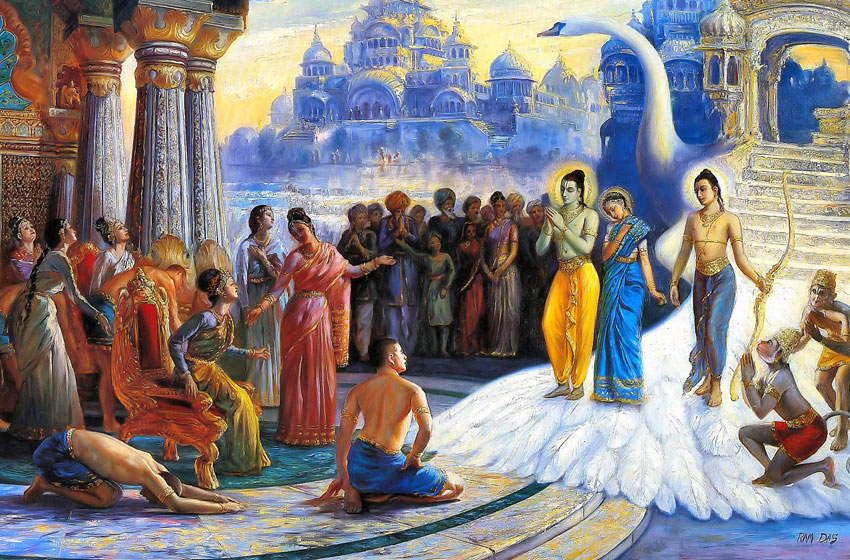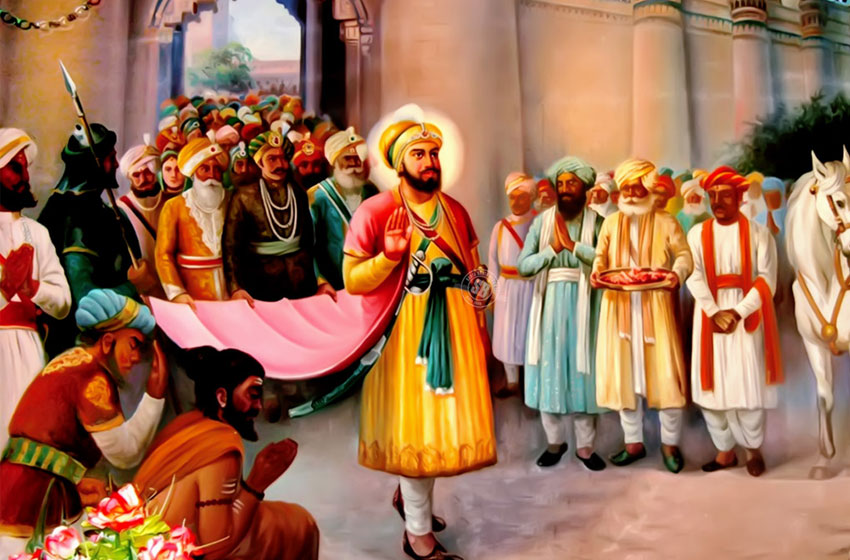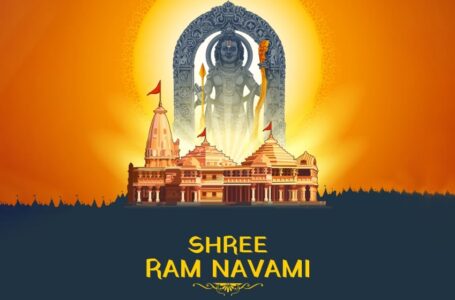4 LESSER KNOWN FACTS ABOUT DIWALI

Everyone knows that Diwali is the most popular Hindu festival in the world. We know of the lamps, of the sweets, of the firecrackers. But there are some lesser known facts about Diwali that we’re bringing out in this article. Read on to find out more.
A row of earthen lamps. Fireworks that light up the night sky. Sounds of laughter and bursting crackers. These are the things that we associate with Diwali, the festival of lights, perhaps the most popular Hindu festival in the world. It is estimated that one in every six people in the world celebrates Diwali in some fashion or the other, and it is an official holiday in ten countries outside of India.
In this article, we will tell you some of the lesser-known facts about Diwali.
It means different things to different people
The most commonly known stories behind Diwali are those of the Ram’s return to Ayodhya after defeating Raavan, and the slaying of Narakasura in the hands of Krishna. But there are other stories too. For the Jains, Diwali is the day on which the 24th Tirthankara attained Nirvana around 527 B.C. Buddhists celebrate Diwali as the day on which Ashoka, the emperor of Magadh, converted to Buddhism. For the Sikhs, Diwali is the same as Bandi Chor Diwas or the day of freedom, on which Guru Hargobind Ji was released from Mughal imprisonment in 1619.

The two themes of Diwali
Diwali is known for two themes – one is the victory of light over darkness theme, which is signified by the row of lamps lighted on Amavasya, the darkest night of the lunar month. This is also brought home in the story of the killing of Narakasura, in which Satyabhama helps Krishna slay the demon. The other theme of the festival is the return of the rightful ruler theme, exemplified by the return of Ram, the King of Ayodhya, from the forest after twelve years of banishment. The Pandavas also return after thirteen years of exile on this day.
A symbol for equanimity
There is a concept in Buddhism of equanimity in the face of suffering, that teaches practitioners to welcome suffering with good humour and grace, because no life is ever free of it. In the Diwali story of Narakasura, the demon is the son of the Earth Goddess Bhumi, and is therefore almost indestructible and quasi-eternal. The fact that Krishna overcomes this invincible demon is testament to the message that suffering and ‘bad things’ will happen to you no matter what, but the important thing is to face them with equanimity instead of self-pity.
Combining intellect with emotion
The actual battle of Krishna with Narakasura is also a story steeped in metaphorical meaning. It is said that Krishna takes Satyabhama along with him to the battlefield, and then falls unconscious under the demon’s spell. Satyabhama then picks up the weapons and defeats Narakasura. The meaning of this becomes clear when we think of Krishna as the symbol for our intellect and Satyabhama as the symbol for our emotions. Only by combining our intellect and emotions can be hope to achieve the state of equanimity from which we can withstand our suffering.





